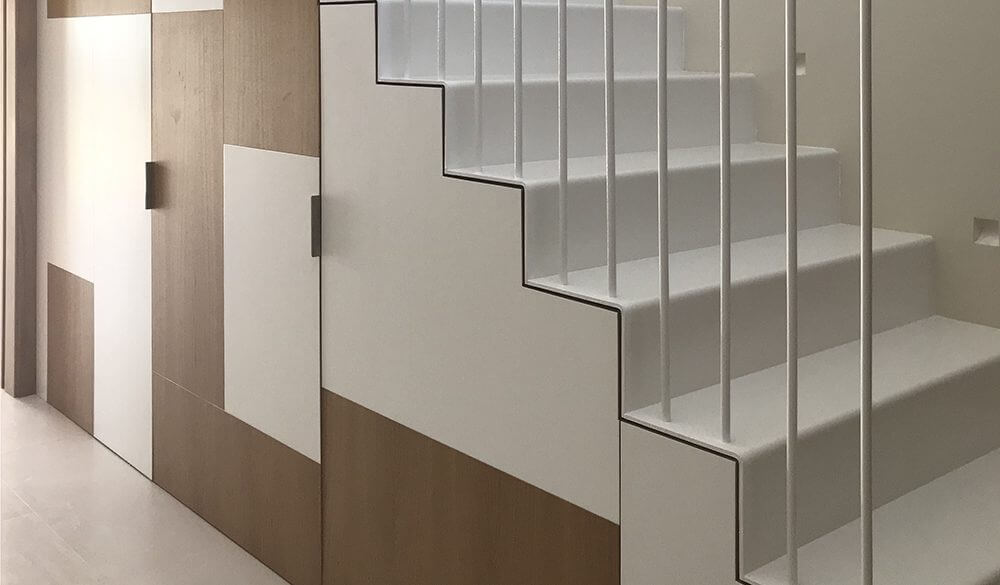
The architecture preferred by 'Millennials'
17.06.2019 • CMV Architects
We have all heard of 'Millennials,' but do we really know who we are referring to? The terms 'Generation Y' and 'millennial' refer to those born between the first half of the 1980s and the mid-1990s. Demographic estimates indicate that this group will represent more than three-quarters of the world's population by the middle of the next decade. Some of their characteristics, in short, are marked by greater use and familiarity with technology and the communications media, as well as by their intense use of digital technologies.
It is interesting to observe how the members of this generation, taking into account that we are talking about people who are currently between 25 and 35 years old, perceive architecture and the needs that it must cover for them. An important piece of information: we are faced with a public that has either already left home or is about to do so and, thus, this public includes future home buyers.
Among the elements that architecture studios are keeping in mind when working with Millennials is the importance of spaces and materials, as well as the incorporation of technology. Many of the professionals in the sector consider this generation to be seeking a series of specific characteristics in their environments – and we will detail those characteristics below.
The availability of multifunctional, connected spaces seems essential. Here a relevant factor appears: the role of teleworking and having to share, on many occasions, the same space for working and living brings about the need for the rooms to have different uses (for example: a living room that can be transformed into an office and vice versa). Linked to the above, the incorporation of technology in the home is fundamental for 'Generation Y,' especially in terms of the Internet of Things (IoT) and its application to lighting solutions, refrigeration, waste management, etc.
The materials used play an important role for Millennials too. Among their predilections is the use of natural elements without finishes such as exposed wood (exposed beams or partitions) and any other unfinished material – in a clear commitment to minimalism. We also cannot ignore common areas like meeting points where they undertake an important part of their lives thanks to the constant growth of their social environment. "Long live coworking," they exclaim.
Their concern for the environment implies that they blindly believe that their buildings must be green. Starting with the materials and continuing on through to the construction process and the operation and maintenance of the home, Millennials favor sustainable homes designed to save water and energy. In line with that, they propose a mixed land use in the form of comprehensive vertical complexes that cover all the needs they may have (residential, work, and commercial).